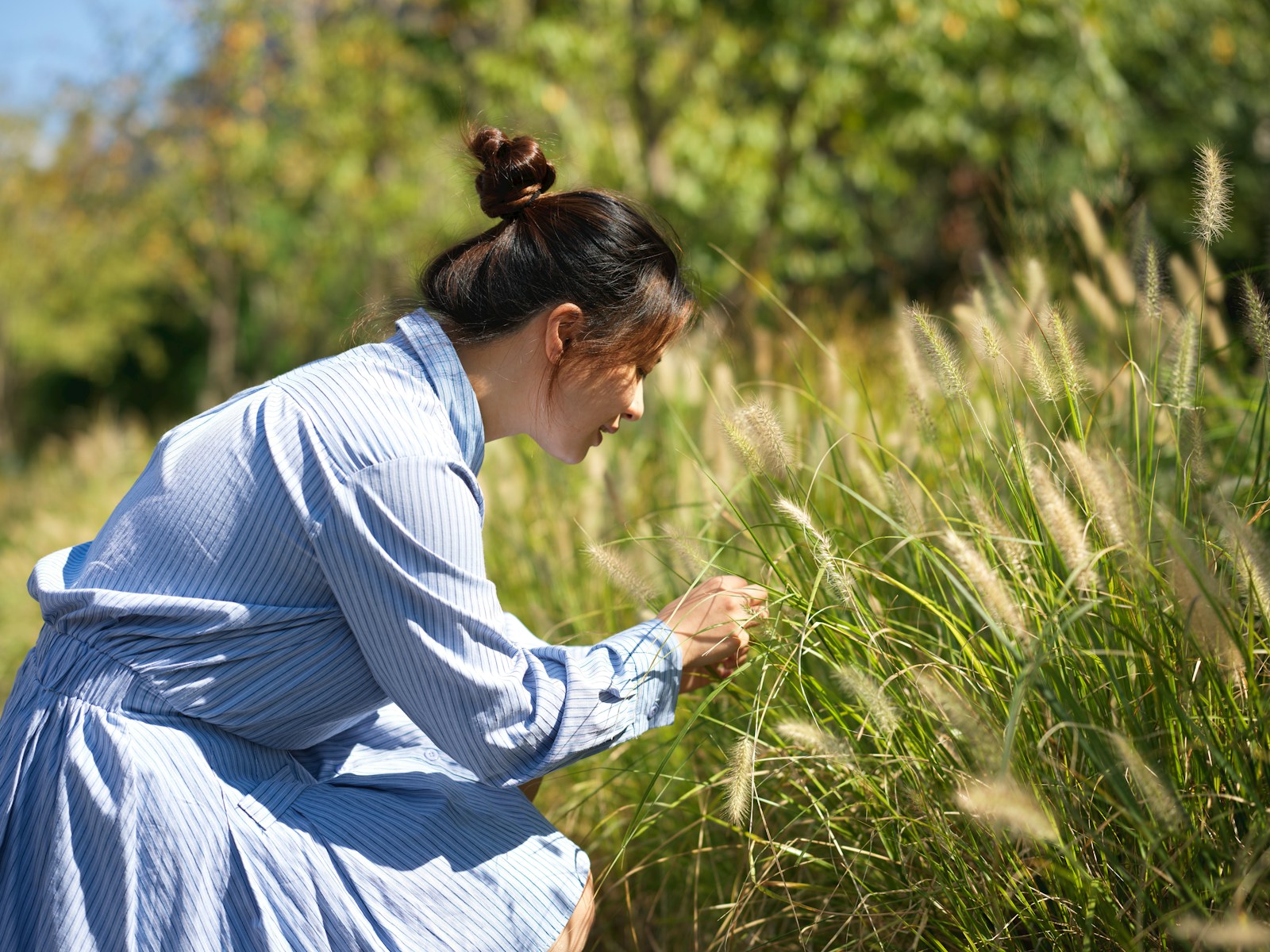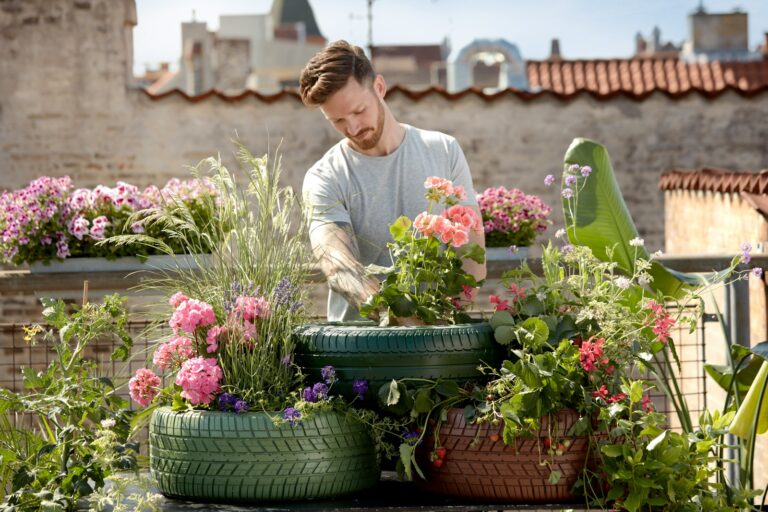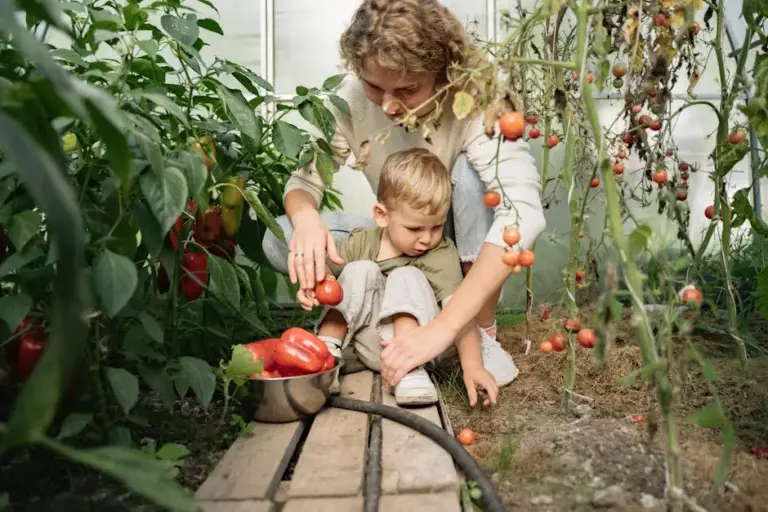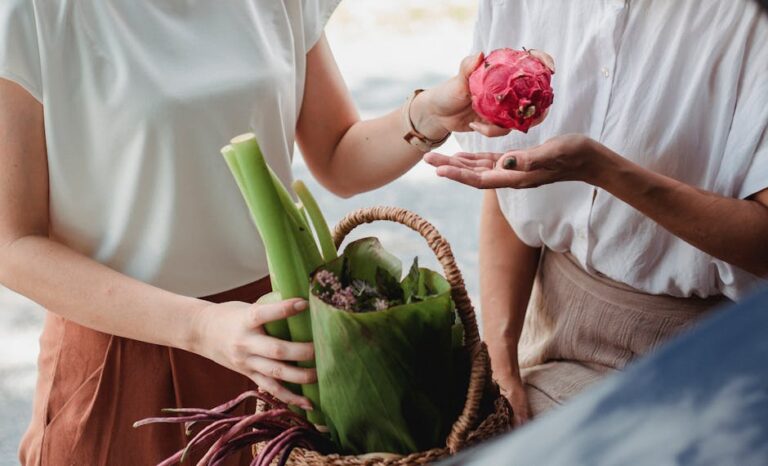8 Ways to Prevent Garden Weeds Naturally for a Healthy, Beautiful Yard
If you’ve ever spent a sunny afternoon pulling weeds, you know how quickly they can take over. It can feel like a never-ending battle, especially if you want to avoid using harsh chemicals.
Luckily, there are simple, natural ways to keep weeds in check and help your garden thrive. These easy techniques can save you time and let you enjoy your outdoor space without constant weeding.
Use thick mulch like wood chips or straw to block weed growth

Try spreading a thick layer of mulch, like wood chips or straw, around your plants. Mulch blocks sunlight, which keeps weed seeds from sprouting.
Spread mulch two to three inches deep for the best results. Avoid piling it against plant stems to prevent rot.
As mulch breaks down, it adds nutrients to your soil and helps your garden plants grow stronger. It also keeps moisture in the soil, so you don’t need to water as often.
Choosing organic mulches is a natural and effective way to reduce weeds. It’s a small step that can make gardening easier and more enjoyable.
Lay down cardboard or newspaper layers before planting
Before planting, lay down layers of cardboard or newspaper over your garden beds. This blocks sunlight and makes it tough for weeds to grow.
Use thick sheets of cardboard or at least ten layers of newspaper, overlapping the pieces by several inches. Hold the layers in place with rocks or mulch.
You don’t have to remove the cardboard or newspaper later; they break down and enrich the soil. Cut holes where you want to plant seeds or seedlings.
Water the layers well to help them decompose faster. This method can save you a lot of weeding down the road.
Plant ground covers such as clover or creeping thyme
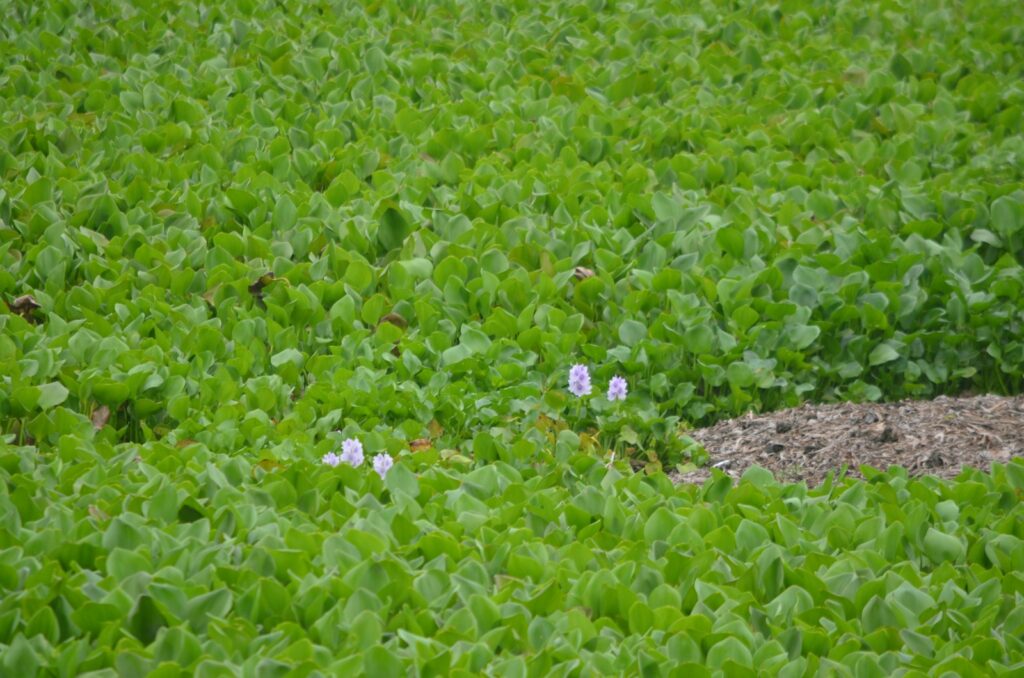
Ground covers like clover or creeping thyme can help keep weeds out. These plants spread across the soil, leaving little room for weeds to take hold.
Creeping thyme is perfect for sunny, dry spots and even has a pleasant scent when you walk on it. You can also use it in the kitchen because of its mild flavor.
Clover grows quickly and adds nutrients to the soil, making it a helpful companion for other plants. It also stands up well to foot traffic.
Both options are low-maintenance and need little water once established. They make your garden look lush while keeping weeds at bay.
Regularly hand-pull weeds before they set seed
Pulling weeds by hand is one of the simplest ways to keep your garden tidy. Try to remove them before they start producing seeds.
It’s easier to pull weeds when the soil is moist, such as after rain or watering. Grab the weed close to the ground and pull steadily to get the roots out.
Make it a habit to check your garden regularly, especially after it rains. Removing weeds early means less work later.
Hand-pulling doesn’t require any tools and helps your plants get more water and sunlight. Keeping up with this task keeps your garden looking its best.
Employ a hoe to disturb young weeds in garden beds
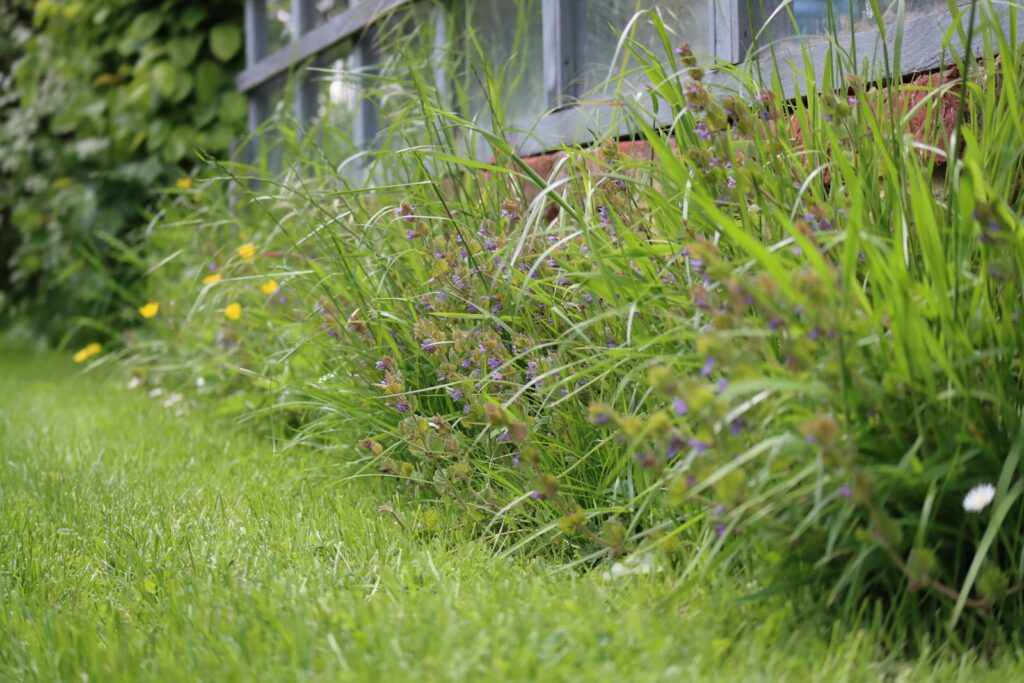
A hoe can help you stay ahead of weeds, especially when they’re still small. Gently scrape the soil surface to cut off weed seedlings before they grow larger.
Hoe your garden after it rains, when the soil is soft and weeds are easier to remove. Acting early means you won’t have to deal with tough, established weeds.
Hoeing also loosens the soil, which helps water and air reach plant roots. Be careful not to damage your plants as you work.
Adding hoeing to your routine keeps weeds under control and makes gardening less of a chore.
Apply natural corn gluten meal to inhibit weed seeds from sprouting
Corn gluten meal is a natural way to stop weed seeds from growing. It keeps the tiny roots of weed seeds from developing when they sprout.
Apply corn gluten meal in early spring or fall, before weed seeds start to grow. Clear out any existing weeds first and water the area well after spreading it.
Besides stopping weeds, corn gluten meal adds nitrogen to your soil, which helps your plants grow stronger. It’s gentle on helpful insects and soil life.
Remember, corn gluten meal only works on seeds that haven’t sprouted yet. Using it regularly can reduce weeds over time.
Attract beneficial insects that feed on weed seedlings

Welcoming helpful insects into your garden can make a big difference. Insects like ladybugs and lacewings eat young weed plants or pests that spread weed seeds.
Plant flowers and herbs that offer nectar and pollen to attract these insects. Coneflowers, milkweed, and black-eyed Susans are great choices for sunny spots.
Add shrubs and ground covers to give insects shelter throughout the year. Trees and turf can also provide a safe home during colder months.
A variety of blooming plants will bring more beneficial insects, helping with weed control and pollination.
Use organic compost to improve soil health and crowd out weeds
Adding organic compost boosts your soil’s health and helps plants outcompete weeds. Compost improves soil structure and makes it easier for plants to absorb water and nutrients.
Mix compost into your beds before planting or use it as mulch around existing plants. This layer keeps the soil moist and blocks sunlight from reaching weed seeds.
Compost feeds helpful microbes, which support plant growth and keep weeds in check. Healthy soil means stronger plants and fewer weeds.
Using compost is an eco-friendly way to care for your garden and reduce the need for chemical weed control.
Benefits Of Natural Weed Prevention
Choosing natural weed prevention methods is good for your garden, your wallet, and your family.
Environmental Impact
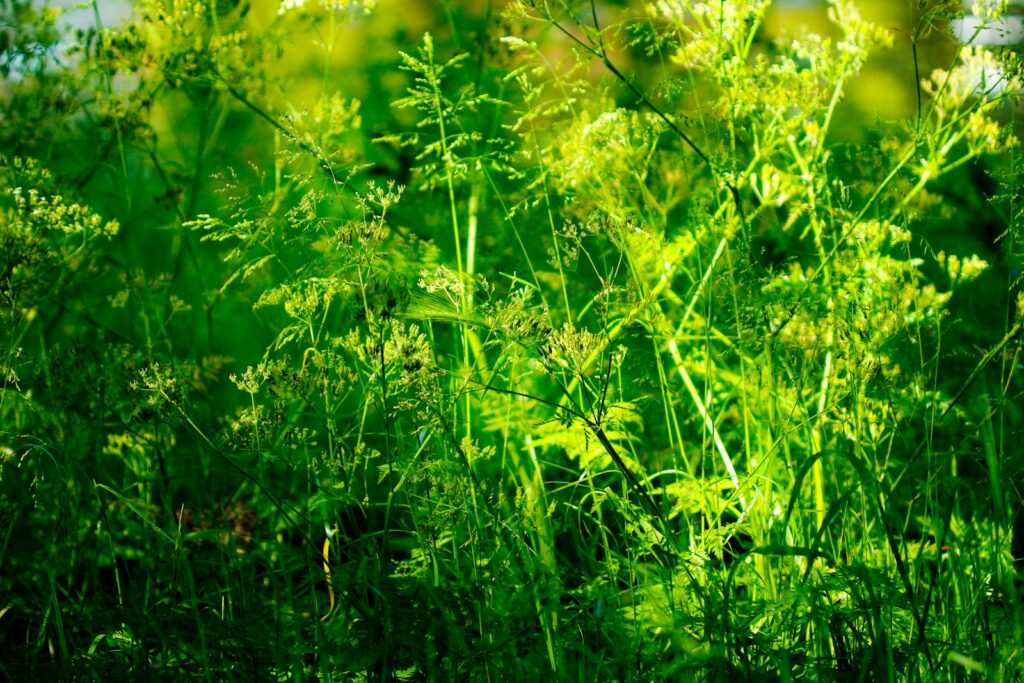
Skipping chemical herbicides helps keep your soil full of life. Natural methods encourage beneficial insects, earthworms, and microbes that support plant growth.
Natural weed control also keeps harmful chemicals out of streams and rivers. Using mulch, hand-pulling, or ground covers reduces pollution and helps your garden thrive.
Cost Savings
Natural weed prevention can save you money over time. Materials like cardboard, newspaper, or mulch are inexpensive and can last longer than store-bought sprays.
Hand-pulling or using simple tools costs little and can cut down on the need for repeated purchases. Investing a little time can lead to real savings.
Safety For Pets And Children

Chemical weed killers can be risky for kids and pets who play outside. Natural methods don’t leave harmful residues that could cause irritation or health problems.
With natural weed control, you can relax knowing your garden is a safe place for everyone.
Common Mistakes When Managing Garden Weeds
Avoiding a few common mistakes can make weed control much easier.
Overwatering
Too much water can actually help weeds grow by giving their seeds the perfect conditions to sprout. Wet soil lets weed seeds take root quickly.
Try watering deeply but less often, so your plants grow strong roots and the soil surface stays drier. This makes it harder for weeds to get started.
Improper Mulching

A lot of gardeners use mulch to keep weeds in check, but it’s easy to get it wrong. When the mulch layer is too thin or patchy, sunlight slips through and weeds pop up anyway.
Aim for about 2 to 3 inches of organic mulch such as wood chips or straw. Be sure to leave a gap between the mulch and plant stems to prevent moisture from causing rot.
Refreshing your mulch each season helps maintain a strong barrier against weeds. These small steps can make a noticeable difference in how tidy your garden looks.

